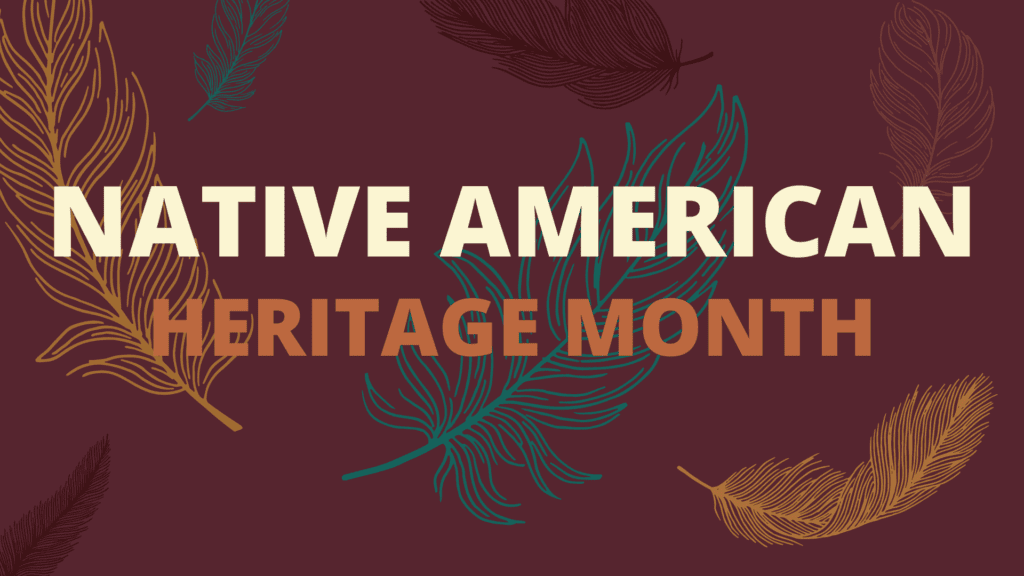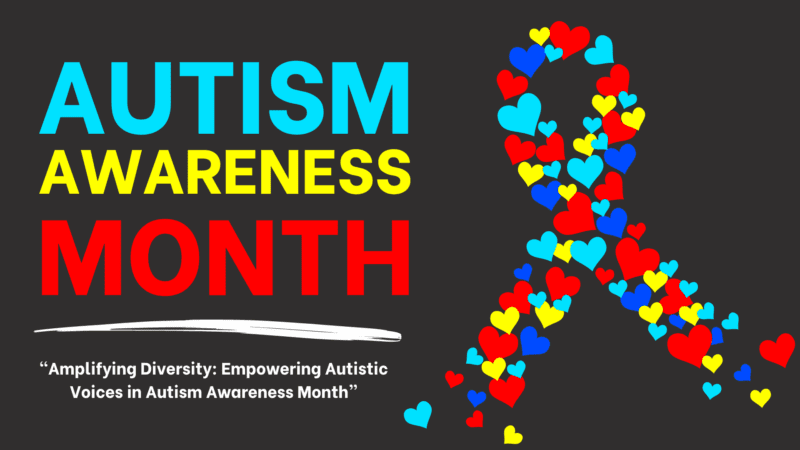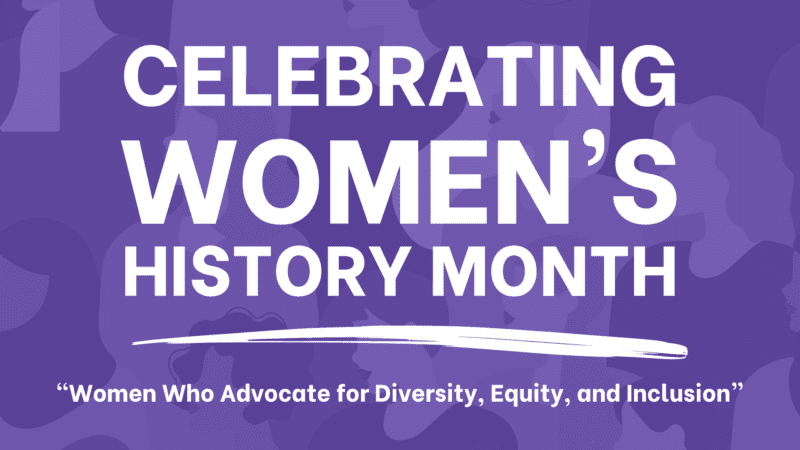
November is Native American Heritage Month — a month to commemorate the heritage and deep culture of America’s first indigenous people. This recognition began in 1986 as Congress passed a proclamation authorizing “American Indian Week”. This would later evolve into month long commemoration in 1990 with President George H. W. Bush’s joint resolution designating November as “National American Indian Heritage Month.” The name was later changed to “Native American Heritage Month” under the Obama Administration.
Native American Heritage Month is about celebrating and understanding Native American culture. An important aspect of celebrating the heritage of America’s first indigenous groups is recognizing that there is not one singular Native American culture. In the United States, there are over 9 million people that identify as Native American and Alaska Native. These 9 million people belong to hundreds of tribal groupings—each with their own rich tribal culture, customs, and languages. The largest tribal groups left in the United States are the Cherokee, Navajo, Yup’ik, Inupiat, and Tlingit-Haida.
While November is a time to celebrate Native American Heritage, we find it equally important to use this month to learn about the intense struggles these groups have had over the last couple hundred years and continue to have today.
In 1830, President Jackson signed the Indian Removal Act, which allowed the federal government to forcibly move indigenous people from their tribal land and relocate them west of the Mississippi. This legislation directly preceded the Trail of Tears which displaced over 60,000 indigenous people between 1830 and 1850, killing over 4,000 people in the process. Following this, indigenous tribes were continually stripped of their culture and beliefs by the government. Up until the passing of the American Indian Religious Freedom Act in 1978, indigenous people were outlawed from practicing almost all aspects of their tribe’s ancestral beliefs. Many were arrested, beaten, and even killed for practicing their beliefs.
Today, indigenous people remain the subjects of racism and White Supremacy, harmful stereotypes in the form of sports mascots, and the targets of murders, assaults, and sexual violence. This month is about celebrating, but it can also be about protecting—especially indigenous women.
- Indigenous women are 10 times more likely to be murdered than all other ethnicities.
- More than 4 out of 5 indigenous women have experienced violence.
- The 3rd leading cause of death for indigenous women is murder.
It is important to acknowledge the impact that colonialism has had on indigenous communities. Indigenous tribes and people still feel the affect of colonialism in the violence against them, their communities, their culture, and their history on this continent.
Once indigenous tribes were forcefully removed from their land, a part of their identity was stolen as well. It is important to acknowledge the land that many call home now, was once physically stolen from indigenous tribes. Acknowledging the territory that we stand on now is important to insert awareness of indigenous presence and land rights. At Forrest Solutions, we want to acknowledge that our office headquarters in New York rests on traditional territory of the Lenape.
Let’s make this November about recognizing the struggles indigenous people have and continue to go through, commemorating their heritage and culture, celebrating their achievements, and standing in solidarity against anti-indigenous racism.





